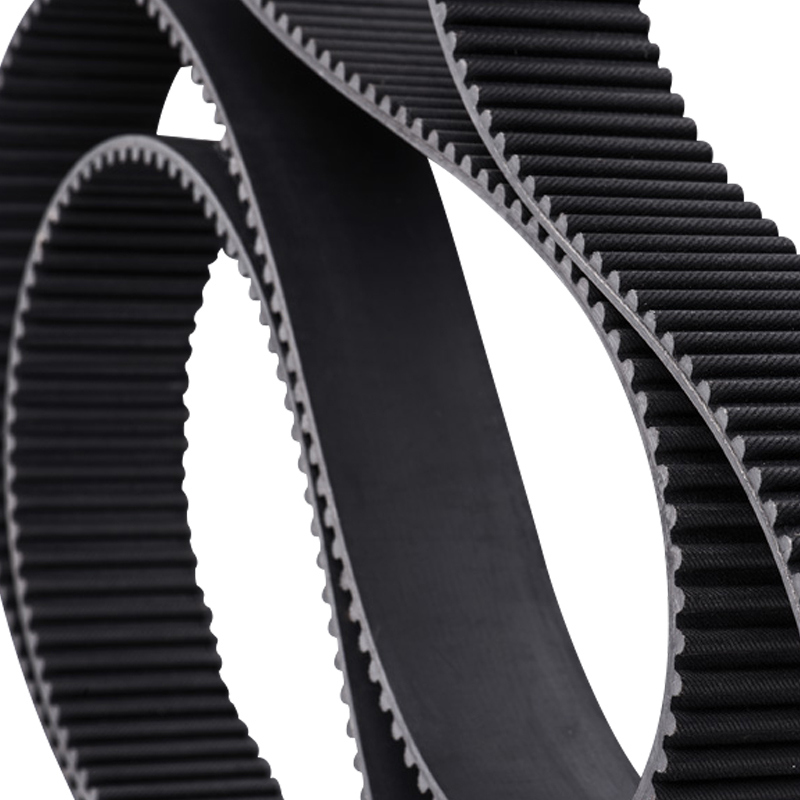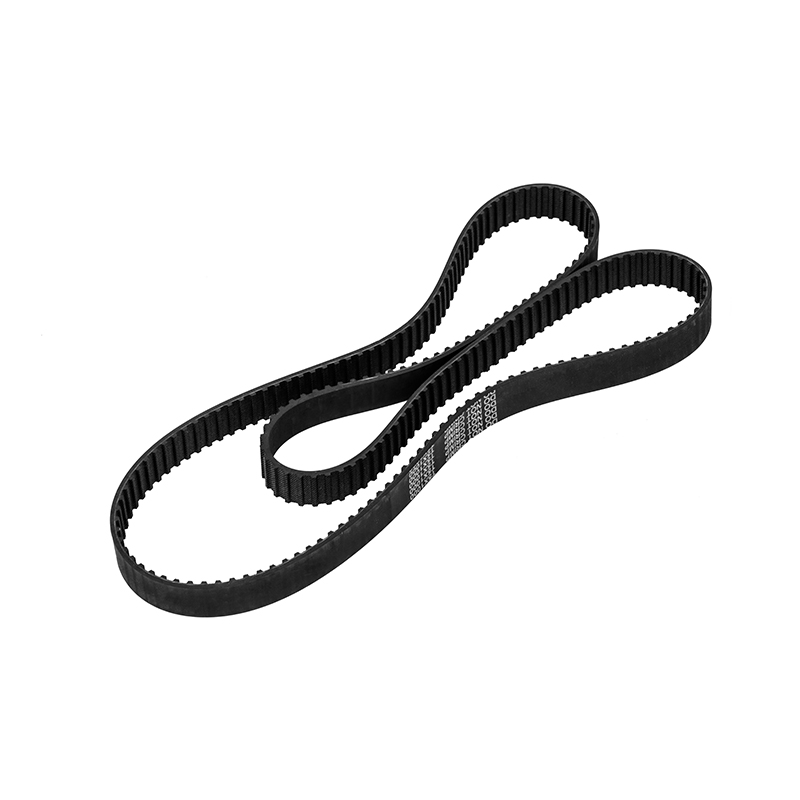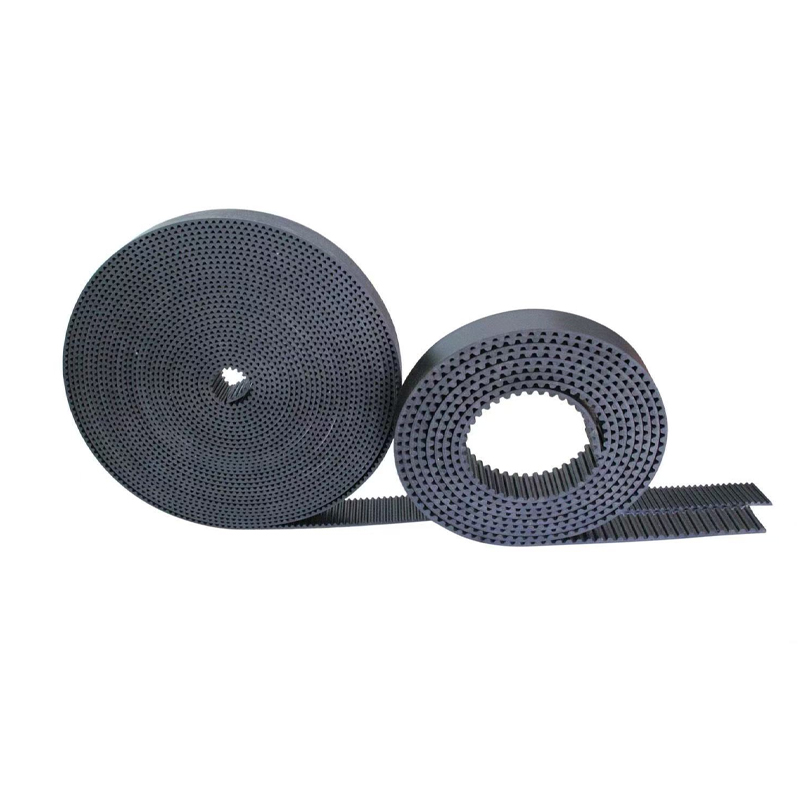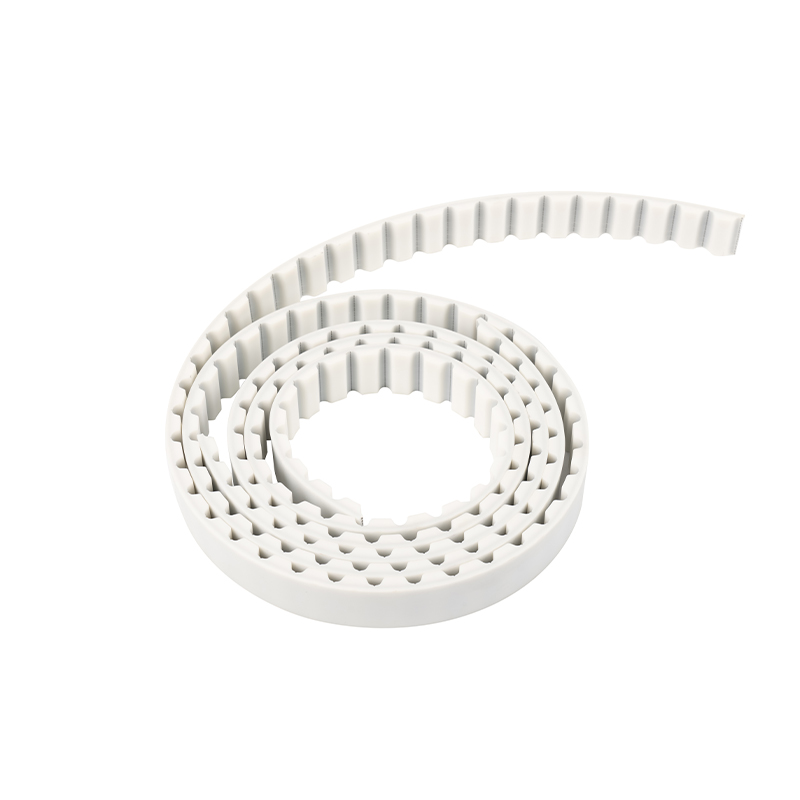The Role of Flat Belts in Reducing Maintenance Costs for Manufacturing Systems
2025-11-12
Content
Introduction
In the world of industrial machinery, minimizing maintenance costs is a constant goal for manufacturers. Downtime caused by equipment failure, along with the costs associated with repairs and replacements, can significantly impact productivity and profit margins. One component that plays a pivotal role in reducing maintenance costs across various manufacturing systems is the flat belt.
Flat belts are widely used in industries for power transmission, conveying materials, and driving machinery. Their simple design, efficiency, and reliability make them a preferred choice for many systems, especially in industries such as automotive, food processing, and packaging. Unlike traditional V-belts or other power transmission options, flat belts offer several advantages in terms of durability, cost-effectiveness, and maintenance reduction.
Durability and Long Lifespan
One of the most significant factors contributing to the reduction of maintenance costs with flat belts is their long lifespan and durability. Flat belts are often made from strong, high-quality materials such as polyurethane, rubber, or leather, which are designed to withstand high levels of stress and wear over time.
Reduced Wear and Tear: Unlike traditional V-belts, flat belts experience less friction and wear because of their smooth surface and the way they are tensioned. This leads to less heat generation and fewer chances of degradation, which in turn results in fewer belt replacements over time.
Consistency in Performance: Flat belts maintain their performance even under demanding conditions, including high-speed operations and heavy loads. This consistency is especially important in manufacturing systems that operate continuously or at high capacity. Machines that run efficiently for longer periods without experiencing degradation help manufacturers avoid the frequent breakdowns that can lead to costly repairs.
The durability of flat belts means fewer instances of failure, less need for replacements, and reduced labor costs associated with changing belts. The longer the belt lasts, the more money a company can save on its overall maintenance budget.
Reduced Downtime
Downtime is one of the most expensive and disruptive issues in manufacturing. When equipment fails, production stops, leading to lost revenue, delays in delivery, and often significant repair costs. Flat belts help minimize downtime by being reliable and less prone to failure compared to other types of belts, such as V-belts or chain drives.
Fewer Failures: Due to the uniform tension and smooth operation of flat belts, there is a lower risk of unexpected failures caused by slipping, misalignment, or stretching. This reduces the frequency of unscheduled downtime, allowing manufacturing systems to operate more continuously without interruptions.
Quick and Easy Maintenance: When flat belts do need attention, maintenance is generally straightforward and less time-consuming. Since flat belts don’t require complex adjustments or tensioning like V-belts, maintenance workers can quickly inspect, adjust, or replace the belts if necessary. The simplicity of flat belt systems means that operators can perform routine checks and minor repairs without extensive downtime or specialized equipment.
Manufacturers can thus achieve greater system uptime, which is critical to improving overall productivity. The time saved in reducing downtime contributes directly to lower maintenance costs.
Energy Efficiency and Lower Operational Costs
Flat belts are often more energy-efficient than other types of power transmission systems, such as V-belts or chain drives. Their smooth operation and reduced friction mean that machines require less energy to operate. This leads to lower energy consumption and, ultimately, reduced operational costs.
Reduced Heat Generation: The smooth contact surface of flat belts generates less heat compared to traditional belts that rely on friction to operate. This not only improves energy efficiency but also reduces the risk of overheating, which can lead to damage to the belt and other components of the system.
Energy Savings: The reduced friction and smoother operation of flat belts translate into energy savings. Manufacturing systems that use less energy for the same output see a reduction in electricity bills, contributing to cost savings over time. Energy-efficient systems are also less likely to experience mechanical failures or require expensive repairs due to overheating.
By reducing the strain on machinery and minimizing energy loss, flat belts help manufacturers keep their operational costs under control, while simultaneously lowering the risk of failure and the need for expensive repairs.
Lower Maintenance Requirements for Other Components
Flat belts not only reduce the need for frequent replacements and repairs of the belts themselves but also help preserve the integrity of other machine components. Because flat belts are designed to operate smoothly and efficiently, they exert less stress on pulleys, bearings, and other parts of the system.
Less Wear on Pulleys and Bearings: Traditional V-belts, especially when they become worn or improperly tensioned, can cause uneven loads on pulleys and bearings. This uneven wear can lead to additional component failures, increasing overall maintenance costs. Flat belts, however, distribute the load more evenly across the surface, reducing wear on pulleys and bearings and extending the lifespan of these parts.
Reduced Vibration and Stress: V-belts often produce significant vibration as they run, which can cause misalignment or damage to other components in the system. Flat belts, on the other hand, produce less vibration and operate more smoothly, which helps reduce the stress on surrounding parts and systems. This smooth operation translates into fewer component failures and reduces the frequency of costly repairs and replacements.
By reducing the wear on key components, flat belts contribute to a more reliable overall system and lower maintenance requirements for the entire machine.
Cost-Effectiveness of Flat Belts
While flat belts may initially appear to be more expensive than traditional V-belts or other types of belts, their long-term cost-effectiveness becomes evident when considering the total cost of ownership. Flat belts offer a range of benefits that, over time, result in significant savings.
Lower Total Maintenance Costs: Due to their long lifespan, energy efficiency, and low maintenance requirements, flat belts often result in a lower total cost of ownership compared to other belts. The initial investment may be slightly higher, but the reduced frequency of replacements and repairs, coupled with lower operational costs, results in significant savings in the long run.
Extended Equipment Lifespan: The ability of flat belts to reduce wear on machinery means that the systems themselves tend to last longer. The reliability and efficiency of flat belts ensure that the rest of the equipment can run for extended periods without the need for major repairs, further reducing maintenance expenditures.
Reduced Labor Costs: Because flat belts require less attention, the amount of labor needed for regular checks, adjustments, and repairs is also reduced. Manufacturers spend less on maintenance labor, which contributes to a decrease in the overall maintenance budget.
Ease of Integration into Existing Systems
Another reason flat belts contribute to reduced maintenance costs is their ease of integration into existing machinery and conveyor systems. Flat belts can be easily adapted to new or older machines, reducing the costs associated with system upgrades or retrofitting.
Flexible Design: Flat belts come in a range of sizes, materials, and designs, making them suitable for a wide variety of applications. This versatility allows manufacturers to use flat belts across multiple machines, minimizing the need for specialized parts and reducing the overall complexity of the system.
Simple Replacement: In cases where the belt needs to be replaced, flat belts can typically be swapped out with minimal downtime and effort, making the process faster and more cost-effective.


 English
English 中文简体
中文简体













